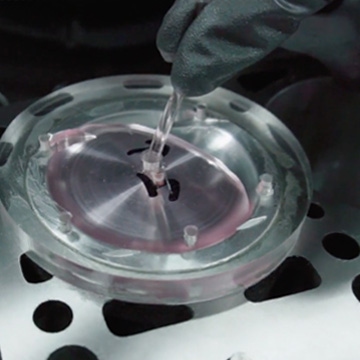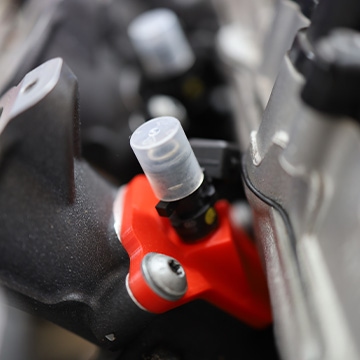

Compression ratio
The compression ratio is very important for the smooth running of an engine.
The ratio between the total displacement and the compression space above the piston (combustion chamber) is the compression ratio. The compression ratio must fit the engine design and fuel! As a rule of thumb, one could say: The higher the octane number of the fuel, the higher the compression ratio can be selected. Too high compression or bad fuel can lead to dangerous knocking. An engine with too low compression loses efficiency and becomes sluggish, since the injected fuel-air mixture cannot be burned properly.
Compression ratio calculator
CHOOSE ENGINE CODE:
DIFFERENCE:
CAPACITY OF HEAD GASKETS:
CAPACITY OF COMBUSTION CAMBER:
CAPACITY OF ONE CYLINDER:
COMPLETE CAPACITY OF THE ENGINE:
RESULT
: 1
Compression
: 1
Which compression should I choose?
We do not want to deal with complicated formulas here. As a rule, when tuning, we want to increase the engine power. In the case of a turbo engine, this means increasing the boost pressure. Up to a certain limit, the original compression can be maintained, only the software is adapted to the higher pressures. But if a different turbocharger comes into play, then the compression must also be adjusted downward. Otherwise, the engine would start knocking very quickly with its stock compression. Modern engines have very good knock control, which then also reduces the ignition should knock occur. The goal, however, should be to prevent this control from becoming active in the first place. So the concept between boost pressure (or filling), fuel quality and compression must fit.
Examples of a good engine concept:
1.8T (20V) engine as used in the Golf MK4 or Audi TT until year 2005:
Garrett GTX28 Turbo, 102 Octan fuel = best CR 8,5:1, max. power output with our ECU tuning: 330 PS (243 kW).
2L TFSI engine as used in the Golf MK5 or Audi A3 until year 2012:
KKK Upgrade Turbo V2 BAR-TEK, 102 Octan fuel = best CR: 9:1, max. power output with our ECU tuning 420 PS (309 kW).
2.5L TFSI engine as used in the Audi RS3 or TTRS:
Garrett GTX 35 Turbo, 102 Octan fuel = best CR 9:1, max. power output with our ECU tuning: 750 PS (552 kW).
You can see from our examples that the best compression is always different. Especially with regard to the final performance. This is also due to the different engine concepts. However, in general it can be said that a lower compression ratio is always better. So if you are not sure, ask us or have your engine professionally gauged. Of course, this is only possible if the cylinder head is not mounted. We can help you with that as well.
Any questions?
We are always happy to help and answer your questions. Call us or chat with us.



























































































